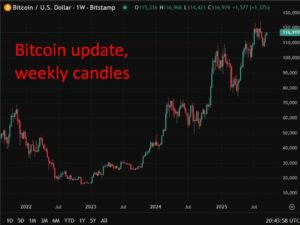Public sector banks have posted a significant rise in compensation payouts for frauds and electronic frauds, with the total amount jumping over three-fold to Rs 140 crore during the fiscal year 2023-24, according to information provided to Parliament on Tuesday. Finance Minister Nirmala Sitharaman, in a written reply to the Rajya Sabha, highlighted that the compensation in the previous fiscal stood at Rs 42.70 crore.
Top compensators
Union Bank of India topped the list, paying out Rs 74.96 crore, followed by Bank of India at Rs 20.38 crore and Indian Bank at Rs 16.16 crore during FY24. In the previous fiscal year, Union Bank of India again led with a compensation of Rs 12.18 crore, followed by Central Bank of India at Rs 11.68 crore.
RBI guidelines on customer liability
Sitharaman reiterated that the Reserve Bank of India (RBI) issued guidelines in July 2017 to limit customer liability in cases of unauthorized electronic banking transactions. Customers have zero liability if the unauthorized transaction is due to contributory fraud, negligence, or deficiency on the part of the bank. If the deficiency lies elsewhere in the system, customers also have zero liability if they report the unauthorized transaction within three working days of receiving the information from the bank. If reported within 4-7 working days, customer liability ranges from Rs 5,000 to Rs 25,000. Beyond seven working days, liability is determined by the bank’s board-approved policy.
In cases where customer negligence is involved, the customer bears the entire loss until the unauthorised transaction is reported. After reporting, any subsequent loss is borne by the bank.
Analysis of fraud cases
An analysis of frauds across banks revealed that the number of reported fraud cases surged to 36,075 in FY24, nearly 300 percent up from the 9,046 cases in FY22. However, the amount involved decreased from Rs 45,358 crore to Rs 13,930 crore, as stated in the RBI’s annual report for FY24.
Despite a 46.7 percent drop in the total amount involved in frauds during FY24, the RBI noted that while private sector banks reported the highest number of frauds over the last three years, public sector banks accounted for the maximum fraud amount.
Digital payment frauds on the rise
In terms of the number of cases, digital payments (card payments and internet) were the most common frauds reported. However, in terms of value, loan portfolio frauds were predominant. The number of frauds related to card and internet payments rose from 3,596 in FY22 to 29,082 in FY24, with the value increasing from Rs 155 crore to Rs 1,457 crore.
Time lag in fraud detection
A study of fraud cases reported during FY23 and FY24 revealed a significant time lag between the occurrence and detection of frauds. The RBI noted that 94 percent of the frauds reported in FY23 in terms of value occurred in previous financial years, with around 89 percent of the frauds reported in FY24 by value also occurring in previous fiscals.










